
© Lynette Wills. (Click image for larger version)
Juliet Burnett (a Senior Artist with Australian Ballet) is in unchartered territory – injured and offstage for the first time in over 10 years. We are following her rehab: a fascinating insight into the private reality of dancers’ lives…
Part 1 of this blog
Part 3
Part 4 and back on stage
www.australianballet.com.au
www.behindballet.com/author/juliet-burnett/
“Stress reaction, not stress fracture”
These words from the sports doctor were a soothing balm for the nightmarish notions and hypotheses that had been brewing in my mind for the past week. In the context of my situation, this was very, very good news. A stress fracture would mean that I’d be unable to perform until next year, whereas a stress reaction, handled properly, could see me back onstage by the Sydney season in November. How lucky I was that the physio had detected the injury at an early stage – who knows what further damage I could’ve done even if I’d so much as danced in the show a week ago instead of being pulled out of it. I was instructed to continue with another week of minimal weight-bearing – thankfully, I wouldn’t require crutches – then I could commence a tailored coaching rehabilitation programme on Monday. It felt like an eternity away!
Dancers and Time maintain a rocky relationship – there never seems to be enough of it when it comes to rehearsals and recovery, but when there is too much of it we are restless and all we want to do is work. This tension is incited and heightened by a knowledge that hovers in the subconscious: that the lifespan of a dancer’s career on stage is cruelly brief. During the first days of enforced rest just over a week ago, my body had been grateful for some downtime after the exertion of the Paquita/La Sylphide season, and I tried my best to just enjoy the time off, as a rare treat. But mentally my pace was a million kilometres an hour. In my mind I retraced my steps in the weeks before, trying to recall any underestimated signs of pain. I went through the choreography I had been rehearsing and dancing, deliberating over which steps were weaknesses that may have been contributing factors to the injury. I racked my brain questioning the pointe shoes I’d been wearing, even the shoes I’d worn to the theatre. I thought about the future – would this injury continue to debilitate me for the rest of my career? Ruminations and speculations tied themselves in knots around my head until a tourniquet effect squeezed them into one giant question: what did I do wrong to let it come to this?

© Juliet Burnett. (Click image for larger version)
I kept myself strong and positive both mentally and physically with a steady diet of extra hugs and laughs with loved ones, lots of Pilates, Garuda and yoga and, fortuitously, the last stages of our house renovation. Balance is as important in a dancer’s life as it is in their technique – at times like this, when the inconstant nature of the performer’s career yields low points, having external passions or interests to indulge in are essential for a sound mind and soul. At the house I was busied with seated tasks like painting skirting boards, polishing floors and plastering tricky low corners. I threw myself into them, and they proved meditative enough to allow me to comb and curb my rampant thoughts. I loathe the phrase “would’ve, should’ve, could’ve”; I find it dismissive and conceding. But there is an element of worthy truth in it: the past is done – factors both within and beyond my control irreversible – and now I must accept what has happened. There was probably a very good reason for the injury, and conversely there is the chance that some unexpected reward may eventuate from the experience it bears. It was up to me to create that change of tune within myself.
Monday, my first day back in the studio, finally arrived. Ascending in the lift at the Ballet Centre, I felt a bit the way I did on my first day in the company – bursting with butterflies (this time not the foreboding, but the welcome kind). I would begin with flat barre – that is, barre without any rise to demi pointe – in a one-on-one session with one of our rehabilitation specialists, Megan Connelly. This was to be the longest I had been on my feet for two weeks, so baby steps were in order. We focussed on my weight placement and alignment in a slow and steady-paced barre, allowing me time to apply new ideas picked up along the way. Megan observed in me a tendency to over-compensate for pronation, or rolling the feet and ankles toward the big toe, by rolling my feet and ankles too far in the opposite direction. This affected the way I was able, or not, to engage and align my legs and hips correctly, which in turn affected the way my torso was aligned. Here is where my hyper-analytical brain could actually be of use. The over-compensation, I reasoned, might be a sort of defence mechanism that developed from any past occasions of discomfort, and sometimes pain, I experienced as a result of my habit of pronating. Previously, the pain had just never gotten to the point where I was forced to address the problem to the degree I was now; I’d been treating pain with a sort of band-aid mentality – fixing it up for the meantime, not for the long-term. I had a light-bulb moment. This was no longer an unfortunate situation, it was an opportunity to consolidate the foundations of my technique and movement, to add on the building blocks so that I could recreate myself as a stronger, more informed dancer. Suddenly the timeframe for rehabilitation didn’t seem daunting, but precious. My mission became to optimise it.
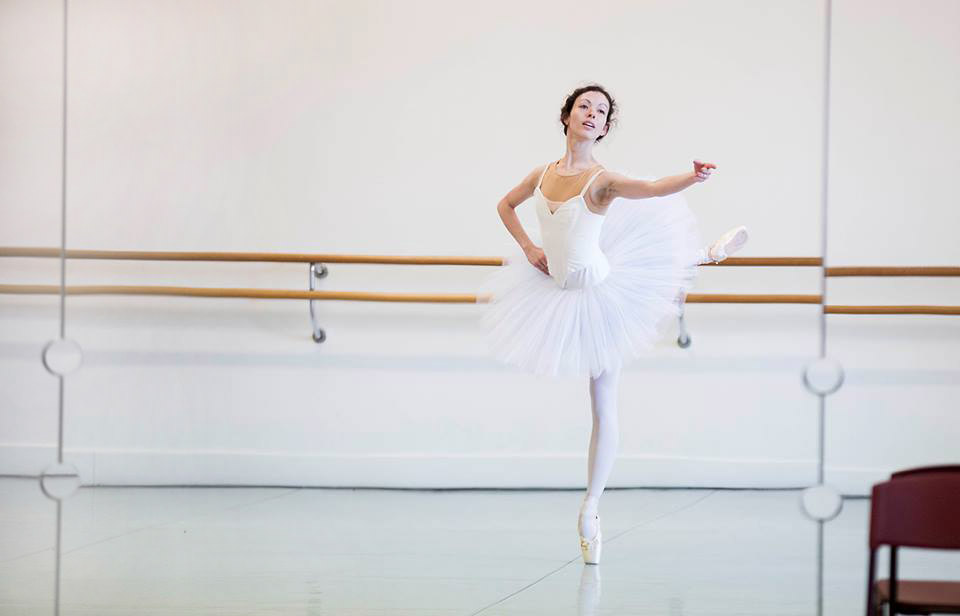
© Lynette Wills. (Click image for larger version)
For the rest of the week I progressed in these private lessons through flat barre to weight transfers and tendus and even fondus in the centre. I would be guided by Megan for the first half of the week, and ballet mistress/rehabilitation specialist Noelle Shader for the second half. It became clear that the objective was not just rehab for my foot, but a renovation of my technique and dancing, from the stumps to the roof! I marvelled at both women’s intuition, wisdom and discipline – they weren’t letting me get away with anything. As soon as I started to fall back into old movement patterns, even in the most minute movements, I would be stopped and we would try again with a new approach. Together we would finetune, analyse and even experiment, pausing every now and then to celebrate as our beavering away manifested a small victory. I became fascinated by the process, and by the way my situation had transpired; here I was retraining my body, after nearly eleven years of dancing professionally. Daily class and complementary exercise training is one thing, but we rarely allow ourselves to take a step back and address the little habits and details that often unavoidably drown in the urgent wave of getting a production onstage. These habits then become embedded and might have a ricochet effect on other movement patterns, or after a time many of them snowball and become a greater issue. It’s confronting to strip back your dancing to such a naked state, but surely it’s never too late to do this and reap the benefits of deconstructing, then reconstructing technique.
By the end of this week the physios were as pleased with my progress as I was, and the sports doctor deemed the metatarsal healed to the stage that I could now embark on the next stage of rehabilitation, around a week ahead of expectation. I would have jumped for joy if jumps weren’t still prohibited! Patience would be my next big lesson.







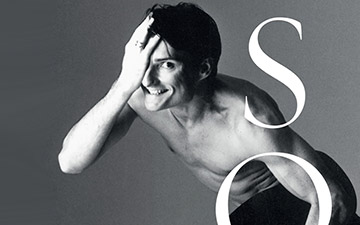
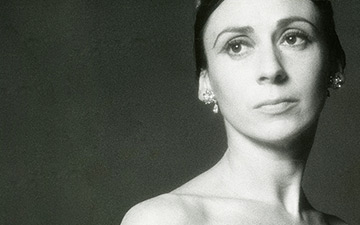
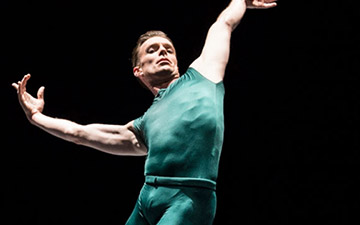

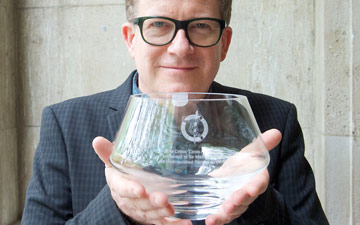


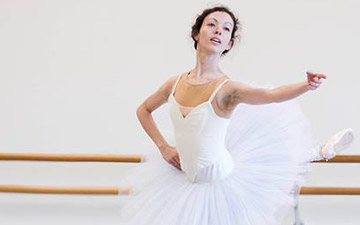

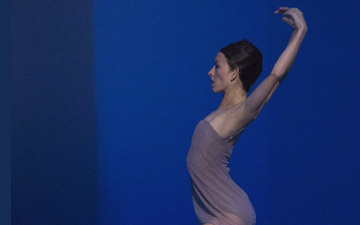
You must be logged in to post a comment.